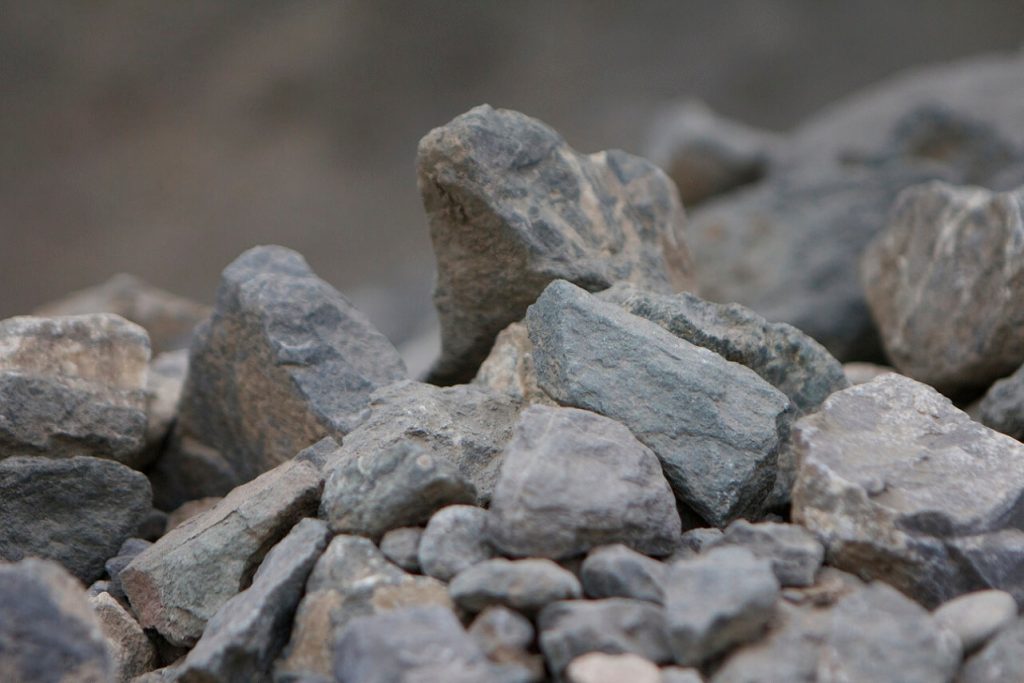Durability is a crucial factor for sustainable construction. It helps in ensuring that buildings continue to perform their purpose over time. Insufficient durability can result in significant repair and reconstruction costs along with negative environmental effects.
The durability of a product can reduce the need to maintain by reducing unexpected downtime. This is essential when it comes to heavy machinery like cranes.
Important
One of the main elements of building performance is the degree to which construction structures and materials resist degeneration. Durability can be influenced by several factors such as the choice of raw material along with quality assurance, designs as well as maintenance.
For example, are durable materials which can resist the natural aging process of their components over long periods of time. Materials used in building can be reused, and this helps in sustaining the building.
Maintenance and durability tend to be synonymous. Concrete structures need minimal care and will last for a lengthy period of time when compared with wooden structures that require maintained regularly. Consider the durability of buildings since they can reduce the annualized impact on the environment.

Factors Influencing Material Longevity
Numerous factors influence the longevity of building materials. Without detailed specs It is hard to calculate the duration of any construction. But, structures made of durable materials can last for 30 or more years before any major maintenance work is needed.
The construction practices as well as the quality of materials used in a construction determine the durability of that building. Concrete is a good instance of a material which is incredibly durable when properly formulated, placed and cured. In addition, safeguards like cathodic impressed current protection could prolong the lifetime of steel and reinforced concrete components.
It is a common occurrence for durability to be paired with low maintenance. In the case of exterior siding, for instance, it that requires painting regularly is not as durable as pultruded fiberglass window frames and sash that require little upkeep to carry out their function over a long amount of time.
How do you improve the durability of material
Durable construction materials are ideal for all projects, whether you’re building an ultra-high-rise structure or crafting furniture. However, maximizing product durability will require careful planning as well as meticulous execution. These are a few strategies for increasing the longevity of products:
Incorporating durability into design at the outset. Modular design facilitates component interchangeability and repairs, thus extending lives and decreasing the amount of waste.
Testing lab experiments that simulate the real-world environment to determine durability difficulties and determine strategies. The education of the public about durability to increase eco-friendly consumption.
Minimizing return rates, lowering costs for maintenance and decreasing downtime for a reduction in operational expenses. Through investing in projects that are durable, businesses can reduce the amount of waste they produce, increase inventory levels and allocate resources to more important processes. The durability of projects can reduce the cost of recurring expenses as well as increase the returns on investment. Companies can achieve their financial goals, and keep their long-term financial success.
Environmental Impact of Construction Materials
Construction requires many resources, and creates lots of waste. Chemicals used in construction as well as the Diesel utilized by diggers, trucks, as well the building products themselves have a huge influence on the ecosystem.
Built with durability can lessen the environmental impact because they spread out the initial impacts over a longer time. They require less maintenance that can cut down on the necessity for acquiring new material and energy.
Natural building materials gia da hoc that are low-impact that are found in the vicinity or near to each other, like timber and straw, clay, cob and rammed Earth. They’re typically cheaper to utilize and don’t require factories for their production or huge distances for transportation that are required to transport them at your location. They can also be recycled in a way that reduces their effect on the environment.
Construction Materials Maintenance: Best practices
To make sure that equipment used in construction is secure and efficient the equipment requires periodic maintenance. This involves lubrication in order to decrease wear and friction and also setting load capacity indicators in order to ensure that overloading does not cause accidents or costly damage.
Maintenance practices have a significant influence on the longevity of equipment and the value of resale. Equipment that is well maintained lasts longer. It performs more effectively in avoiding expensive breakdowns as well as reduces the time it takes to complete projects.
The most common reason for heavy equipment failures is mechanically-induced failure. This is preventable by conducting regular preventive maintenance checks. The most expensive cost is in operating expenses direct in terms of mechanical costs and downtime for equipment, and it also costs indirectly in lost productivity.